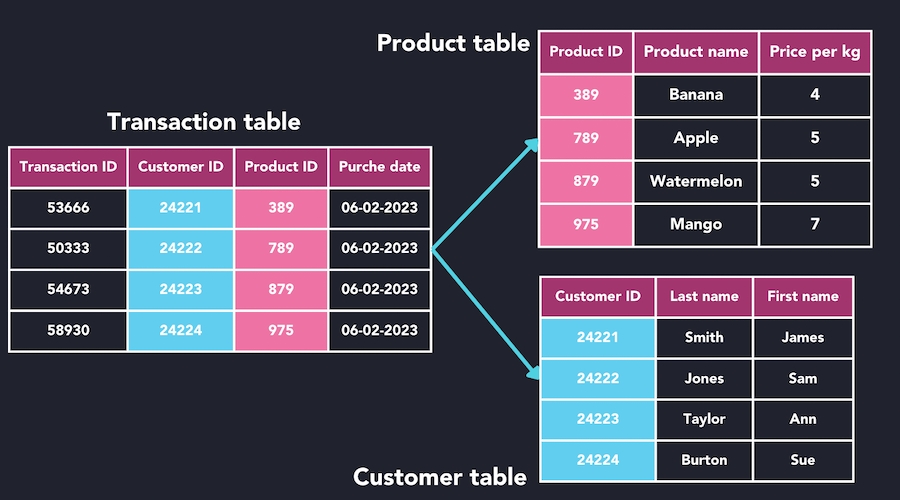🔹Ways to Logically Store Data
Even though we know that data is stored in computer systems on computer hardware, a data strategy also needs to be determined so that the data has organization for the computers to understand.
The following are three of the many options that are available to logically store data. Each would have its own pros, cons, and side effects. Database administrators and data architects typically spend much time deciding which format and organization is best for the type and amount of data being collected, stored, processed, and analyzed.


Last updated